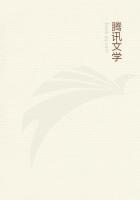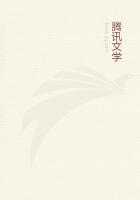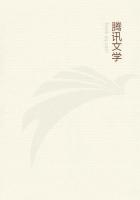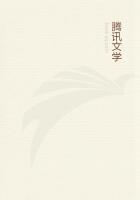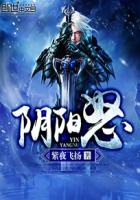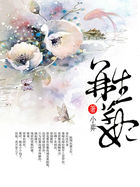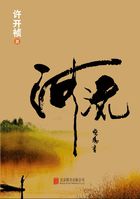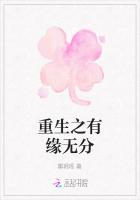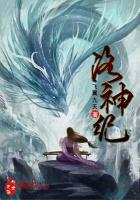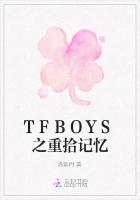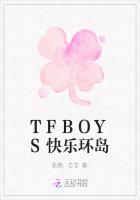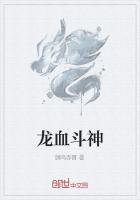ELI WHITNEY AND THE COTTON GIN
The cotton industry is one of the most ancient.One or more of the many species of the cotton plant is indigenous to four continents, Asia, Africa, and the Americas, and the manufacture of the fiber into yarn and cloth seems to have developed independently in each of them.We find mention of cotton in India fifteen hundred years before Christ.The East Indians, with only the crudest machinery, spun yarn and wove cloth as diaphanous as the best appliances of the present day have been able to produce.
Alexander the Great introduced the "vegetable wool" into Europe.
The fable of the "vegetable lamb of Tartary" persisted almost down to modern times.The Moors cultivated cotton in Spain on an extensive scale, but after their expulsion the industry languished.The East India Company imported cotton fabrics into England early in the seventeenth century, and these fabrics made their way in spite of the bitter opposition of the woolen interests, which were at times strong enough to have the use of cotton cloth prohibited by law.But when the Manchester spinners took up the manufacture of cotton, the fight was won.The Manchester spinners, however, used linen for their warp threads, for without machinery they could not spin threads sufficiently strong from the short-fibered Indian cotton.
In the New World the Spanish explorers found cotton and cotton fabrics in use everywhere.Columbus, Cortes, Pizarro, Magellan, and others speak of the various uses to which the fiber was put, and admired the striped awnings and the colored mantles made by the natives.It seems probable that cotton was in use in the New World quite as early as in India.
The first English settlers in America found little or no cotton among the natives.But they soon began to import the fiber from the West Indies, whence came also the plant itself into the congenial soil and climate of the Southern colonies.During the colonial period, however, cotton never became the leading crop, hardly an important crop.Cotton could be grown profitably only where there was an abundant supply of exceedingly cheap labor, and labor in America, white or black, was never and could never be as cheap as in India.American slaves could be much more profitably employed in the cultivation of rice and indigo.
Three varieties of the cotton plant were grown in the South.Two kinds of the black-seed or long-staple variety thrived in the sea-islands and along the coast from Delaware to Georgia, but only the hardier and more prolific green-seed or short-staple cotton could.be raised inland.The labor of cultivating and harvesting cotton of any kind was very great.The fiber, growing in bolls resembling a walnut in size and shape, had to be taken by hand from every boll, as it has to be today, for no satisfactory cotton harvester has yet been invented.But in the case of the green-seed or upland cotton, the only kind which could ever be cultivated extensively in the South, there was another and more serious obstacle in the way, namely, the difficulty of separating the fiber from the seeds.No machine yet devised could perform this tedious and unprofitable task.For the black-seed or sea-island cotton, the churka, or roller gin, used in India from time immemorial, drawing the fiber slowly between a pair of rollers to push out the seeds, did the work imperfectly, but this churka was entirely useless for the green-seed variety, the fiber of which clung closely to the seed and would yield only to human hands.The quickest and most skillful pair of hands could separate only a pound or two of lint from its three pounds of seeds in an ordinary working day.Usually the task was taken up at the end of the day, when the other work was done.The slaves sat round an overseer who shook the dozing and nudged the slow.It was also the regular task for a rainy day.It is not surprising, then, that cotton was scarce, that flax and wool in that day were the usual textiles, that in 1783 wool furnished about seventy-seven per cent, flax about eighteen per cent, and cotton only about five per cent of the clothing of the people of Europe and the United States.
That series of inventions designed for the manufacture of cloth, and destined to transform Great Britain, the whole world, in fact, was already completed in Franklin's time.Beginning with the flying shuttle of John Kay in 1738, followed by the spinning jenny of James Hargreaves in 1764, the water-frame of Richard Arkwright in 1769, and the mule of Samuel Crompton ten years later, machines were provided which could spin any quantity of fiber likely to be offered.And when, in 1787, Edmund Cartwright, clergyman and poet, invented the self-acting loom to which power might be applied, the series was complete.These inventions, supplementing the steam engine of James Watt, made the Industrial Revolution.They destroyed the system of cottage manufactures in England and gave birth to the great textile establishments of today.
The mechanism for the production of cloth on a great scale was provided, if only the raw material could be found.
The romance of cotton begins on a New England farm.It was on a farm in the town (township) of Westboro, in Worcester County, Massachusetts, in the year 1765, that Eli Whitney, inventor of the cotton gin, was born.Eli's father was a man of substance and standing in the community, a mechanic as well as a farmer, who occupied his leisure in making articles for his neighbors.We are told that young Eli displayed a passion for tools almost as soon as he could walk, that he made a violin at the age of twelve and about the same time took his father's watch to pieces surreptitiously and succeeded in putting it together again so successfully as to escape detection.He was able to make a table knife to match the others of a broken set.As a boy of fifteen or sixteen, during the War of Independence, he was supplying the neighborhood with hand-made nails and various other articles.

